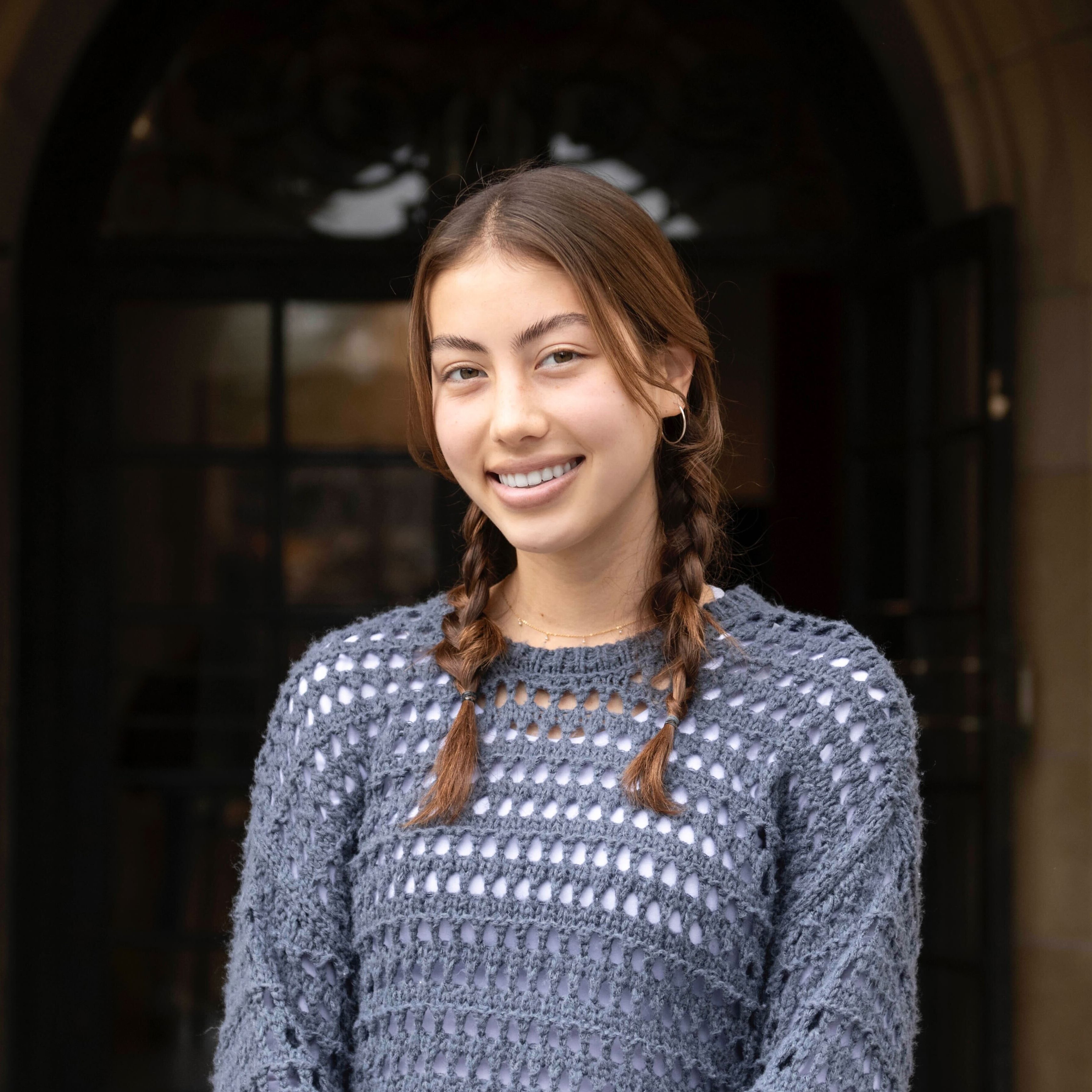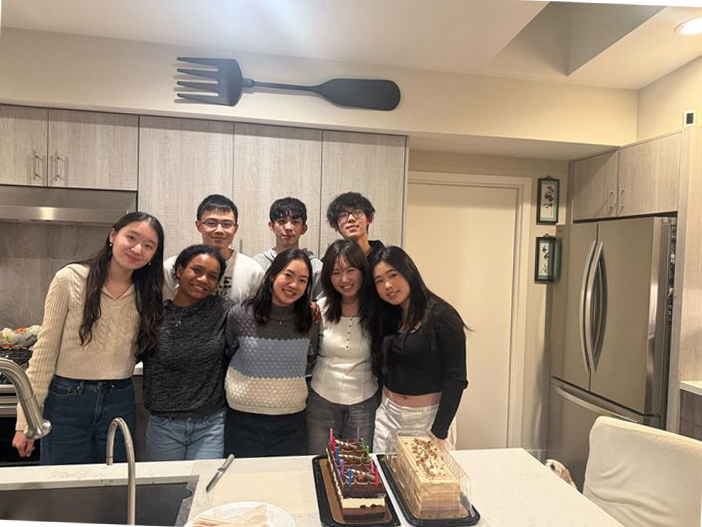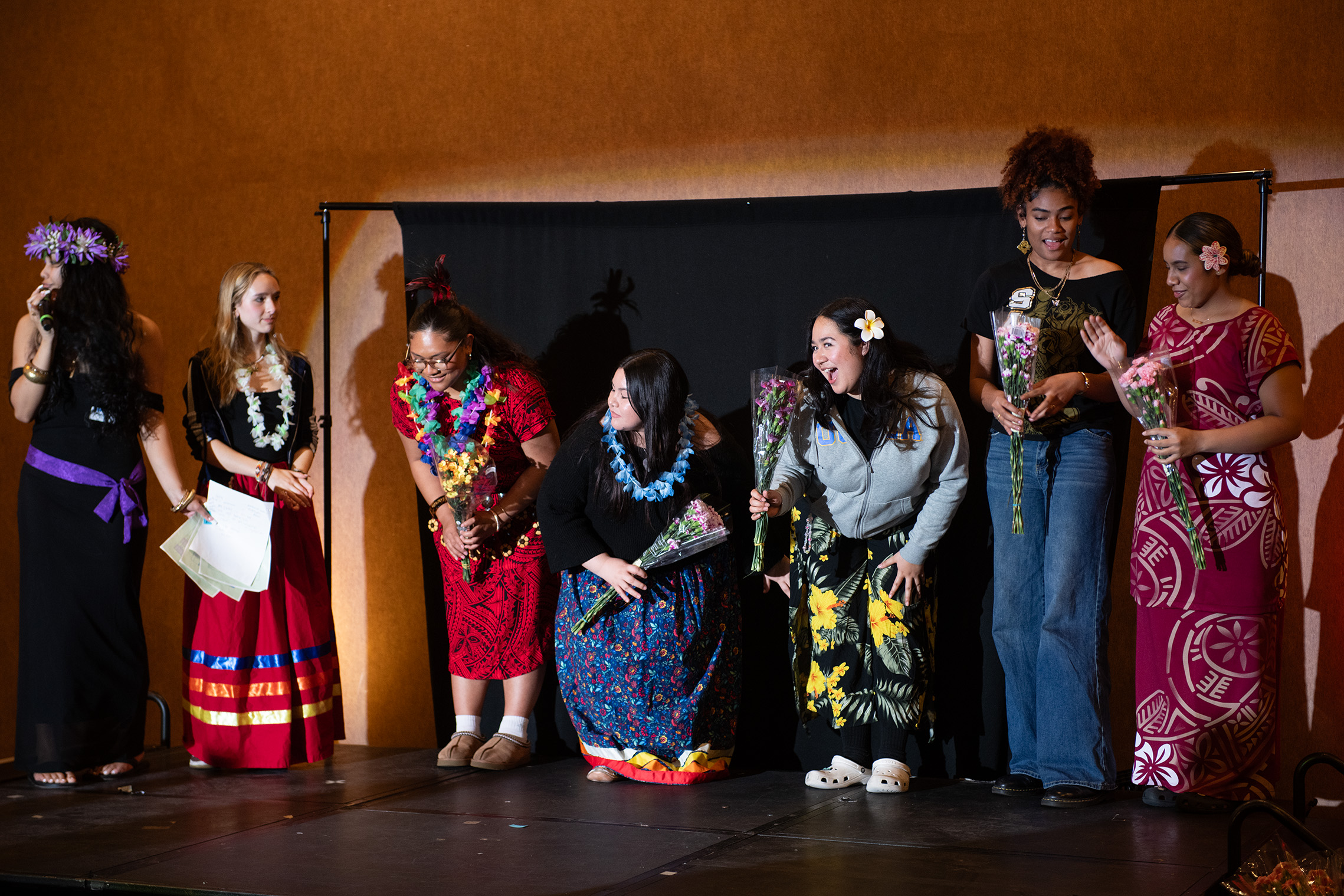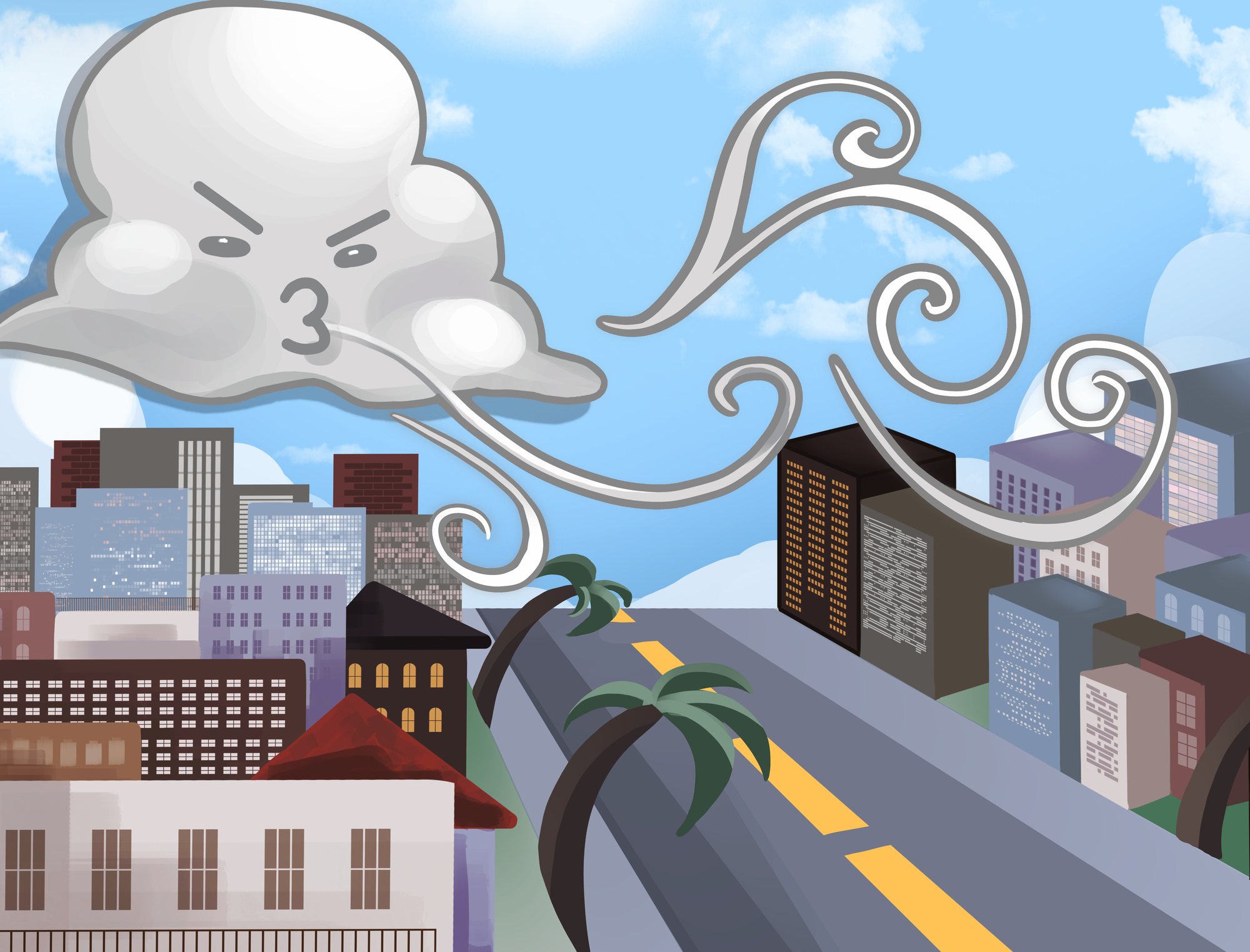Southern California exhibits explore how ‘Art & Science Collide’ to solve problems

Many of the art exhibits were featured in the Fowler Museum, which is pictured. (Daily Bruin file photo)

By Lyah Fitzpatrick
April 25, 2025 12:34 a.m.
An event spanning more than 50 art exhibitions across Southern California – and featured on UCLA’s campus – explored the connection between art and science to confront pressing global issues.
“PST ART: Art & Science Collide” is part of a regional event series operating on a five-year cycle, said Joan Weinstein, the program’s co-creator and co-director, in an emailed statement. It was previously called “Pacific Standard Time” and has featured two different themes so far: “Art in L.A. 1945-1980,” presenting post-World War II art, and “LA/LA,” showcasing Latin American and Latino art, according to the J. Paul Getty Trust.
The Getty Foundation donated more than $20 million in grants to fund the most recent PST ART edition – “Art & Science Collide” – which first kicked off in September.
Two PST ART-backed collectives recently held exhibitions on the UCLA campus, with one still open.
“Atmosphere of Sound: Sonic Art in Times of Climate Disruption,” presented by the UCLA Art|Sci Center, features 13 artists’ interactive installations and performances exploring the climate crisis, according to the exhibition’s website. “Fire Kinship: Southern California Native Ecology and Art,” on display at the Fowler Museum, focuses on Indigenous and modern histories of fire and includes the work of 13 contributors.
Various installations across the collectives focus on reclaiming Indigenous knowledge to heal natural systems, according to their wall labels.
“Memory Garden,” by Iman Person, was on view at the California NanoSystems Institute at UCLA from Feb. 14 to March 14 as part of “Atmosphere of Sound.” In the exhibit, close-up shots of indigenous Los Angeles plants were projected onto two walls, while scents wafted from hanging glass vials and overhead speakers played birdsong and guided meditation instructions.
Victoria Vesna, a co-curator of “Atmosphere of Sound,” said Person collaborated with a scent expert to produce smells of the earth and soil. The scent of roses mimicked Person’s grandmother’s garden in Jamaica, while seaweed represented the waterway connection between Jamaica and the United States, Vesna added.
Vesna said Person’s ancestors were taken as slaves from Jamaica, and the exhibit is meant to communicate that traveling between different worlds is disruptive for the traveler. People no longer know how to beneficially use indigenous plants the way their ancestors may have, she added.
“(It’s) very much related to our sense of being in a place,” Vesna said.
Vesna – who is also the founder and director of the UCLA Art|Sci Center – said by presenting science through artistic expression, the more technical aspects of science become more accessible to public understanding. Scientists can use the conventions of visual art to communicate their ideas, added Weinstein – who was formerly a contributor at the Daily Bruin – in her emailed statement.
“Maybe they don’t even understand it (the artistic message), … but it’s still that impression that stays with you. And that’s what art does,” Vesna said. “To create a sense of wonder and curiosity and to be able to communicate this is really important.
At the Fowler, “Fire Kinship” focuses on the importance of land stewardship and sheds light on what the artists deemed harmful colonial fire practices.
Repressing all forms of fire actually increases the risk of deadly wildfires, according to various wall labels.
Guest co-curator Lina Tejeda, who is Pomo, said she collaborated with four Indigenous tribes – the Tongva, Cahuilla, Luiseño and Kumeyaay communities – to gather scientific knowledge of fire. Indigenous science is overlooked, she added.
“To use their (the Native community members’) artistic rendition and their cultural understanding of fire makes it so much more powerful,” Tejeda said.
Vesna said the opening of “Fire Kinship” was postponed by wildfires and flooding across LA County in the past couple of years. Changes in the climate actually informed the curators’ exhibition approach, she added.
Vesna said she prefers the term “climate disruption” over “climate change,” as it better captures the active impact of humans on the natural world.
“I see it (combining Indigenous knowledge and art) as a way to give back to natural systems in a good way – with scientific background but still looking into the … ways that we were working and living with the Earth,” she said. “We lost that in a really bad way. So we have to pull it together.”
Tejeda said art enables science to be educational and eye-opening, adding that “Fire Kinship” required extensive research to compile – including reading through pages of diary entries on Indigenous fire management practices. She also said she explored material surrounding the 200 years of fire suppression in California, especially Southern California.
“You have to really go in wanting to learn,” Tejeda said. “Let’s step out of this colonial context for a second, and let’s come in and learn something new.”
Vesna said the separation between art and science is artificial and creates intellectual and cultural division. She added that she believes academia unnaturally pushes students to choose one discipline or the other.
“The point is to collaborate,” Vesna said. “It’s not about one person doing one or the other. It’s about coming together as a group from many different disciplines using the strengths.”
Vesna said she is pleased the Getty is acknowledging and validating the relationship between art and science.
Weinstein called the initiative a success in her emailed statement, adding that it sparked discussions and questions about a more sustainable future. Although many exhibitions are winding down, some will continue through 2025 and 2026.
“In this current moment, when the value of both art and science are being questioned, the modes of communication associated with each help make the case for the necessity of the other,” Weinstein said in the emailed statement.




